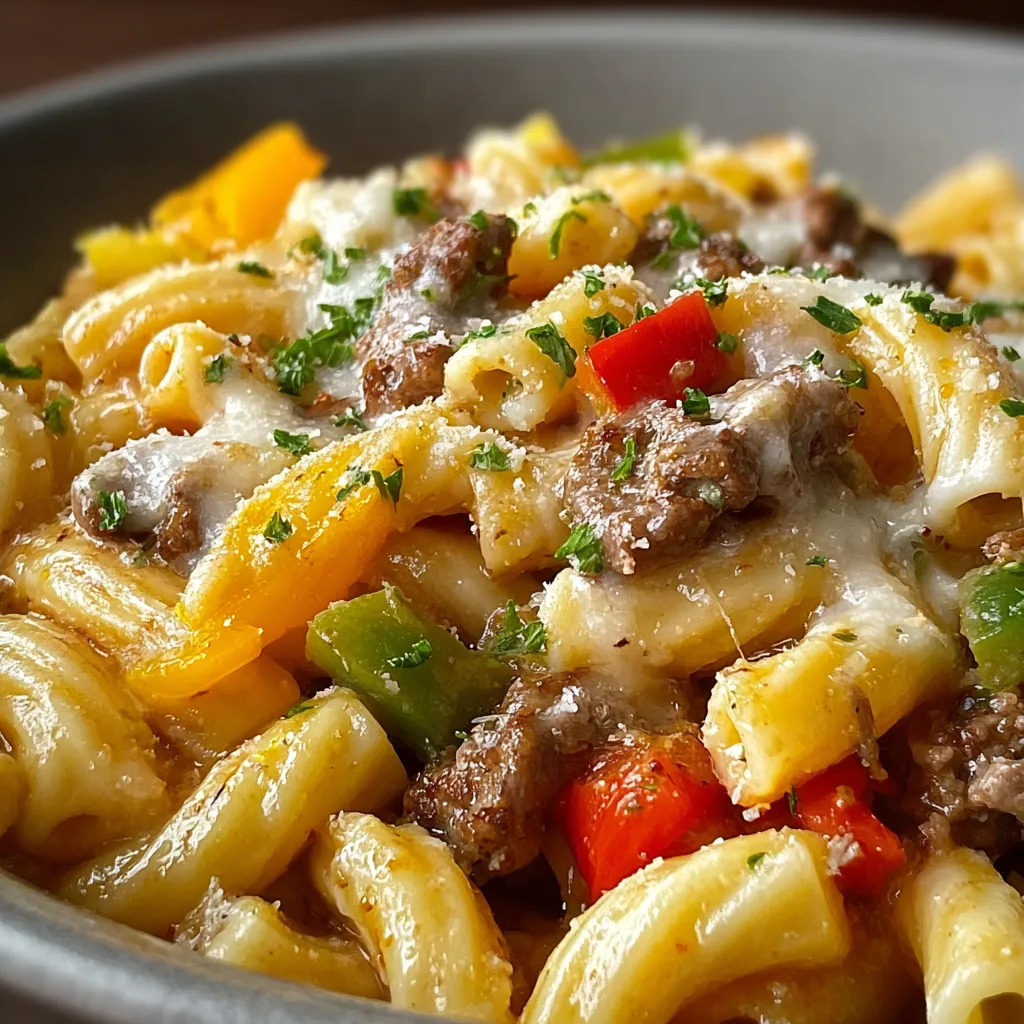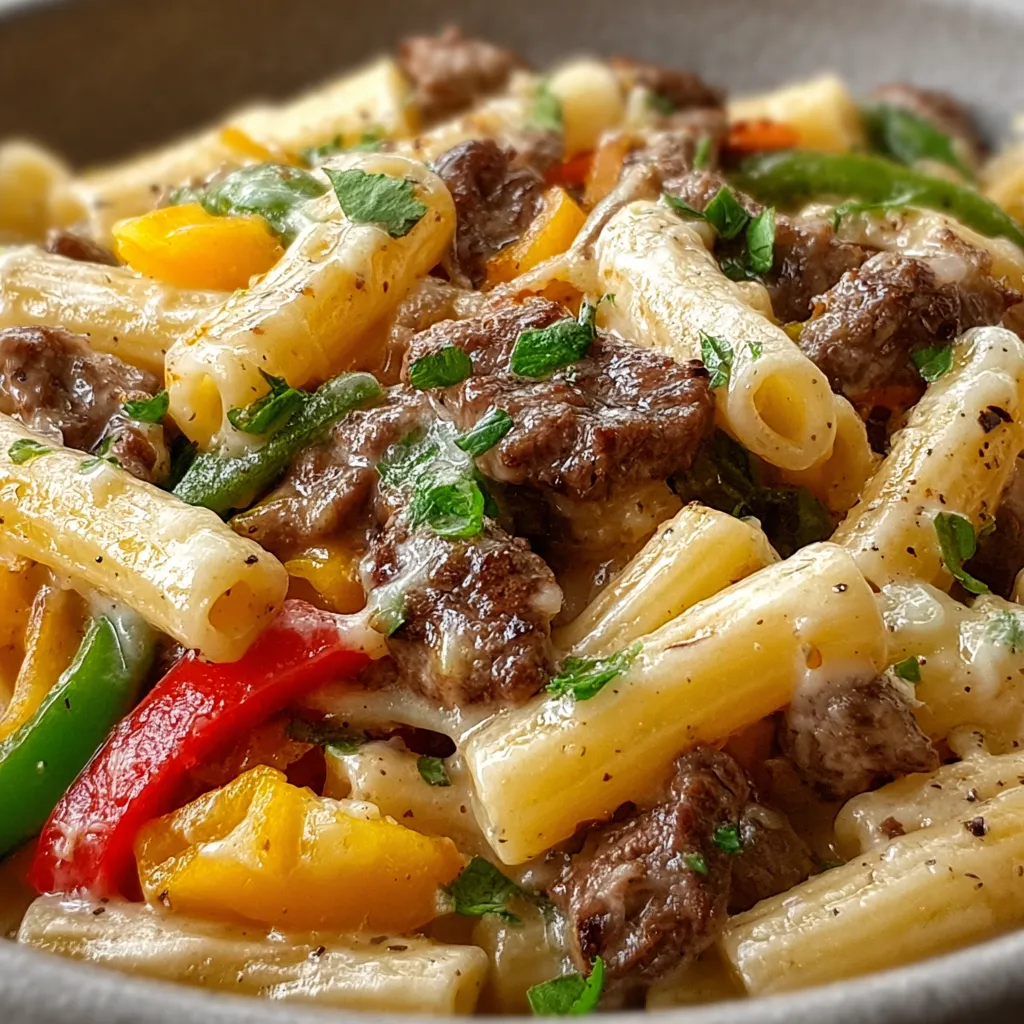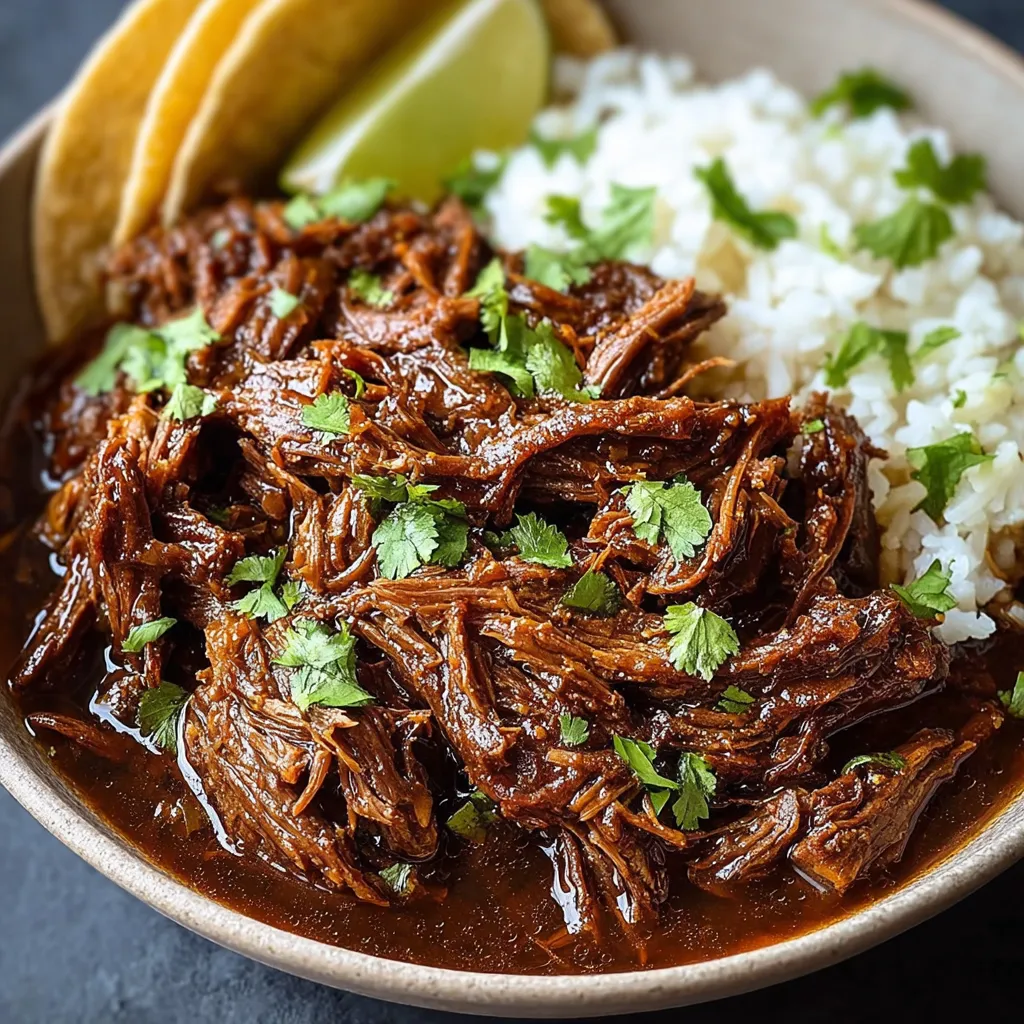Deconstructing Deliciousness: The Science Behind the Steak and Sauce
 The key to a great Philly Cheesesteak Pasta lies in understanding the science behind the original sandwich. It’s not just about throwing some steak and cheese on bread. It’s about the Maillard reaction, the perfect cheese melt, and the textural contrast. Let’s break it down:
The key to a great Philly Cheesesteak Pasta lies in understanding the science behind the original sandwich. It’s not just about throwing some steak and cheese on bread. It’s about the Maillard reaction, the perfect cheese melt, and the textural contrast. Let’s break it down:
- The Maillard Reaction: This is the browning of the steak that gives it its characteristic savory flavor. It occurs when amino acids and reducing sugars react at high temperatures. A hot pan and a relatively dry steak are essential for this.
- Cheese Selection: Provolone is traditional, but the *type* of provolone matters. Aged provolone has a sharper flavor, while mild provolone is creamier. A blend can offer the best of both worlds. Also, consider the meltability. Some cheeses separate and become oily when heated, which is not what we want.
- Onion Caramelization: Slow-cooked onions develop a deep sweetness that balances the richness of the steak and cheese. This is another Maillard reaction at play, but occurring at a lower temperature over a longer period.
- Sauce Emulsification: The “sauce” in Philly Cheesesteak Pasta isn’t a traditional sauce; it’s more of a cheesy, creamy coating. Achieving a smooth, emulsified sauce requires understanding how fats and liquids interact. A roux (butter and flour) can stabilize the sauce and prevent it from separating.
From Sandwich to Supper: The Ultimate Philly Cheesesteak Pasta Recipe
Ingredients:
- 1 pound sirloin steak, thinly sliced against the grain
- 1 tablespoon olive oil
- 1 large onion, thinly sliced
- 1 green bell pepper, thinly sliced (optional, but traditional)
- 4 cloves garlic, minced
- 1/4 cup all-purpose flour
- 3 cups beef broth
- 1 cup milk
- 8 ounces provolone cheese, shredded (or a blend of provolone and mozzarella)
- 1/4 cup grated Parmesan cheese
- 1 pound pasta (penne, rigatoni, or cavatappi work well)
- 2 tablespoons butter
- Salt and pepper to taste
- Optional toppings: chopped parsley, red pepper flakes
Instructions:
- Cook the Pasta: Cook pasta according to package directions. Reserve about 1 cup of pasta water before draining.
- Sear the Steak: Heat olive oil in a large skillet or Dutch oven over high heat. Season steak with salt and pepper. Sear steak in batches until browned on all sides (about 1-2 minutes per batch). Remove steak from skillet and set aside.
- Sauté Vegetables: Add butter to the same skillet. Add onions and bell pepper (if using) and cook over medium heat until softened and caramelized, about 10-15 minutes. Add garlic and cook for another minute until fragrant.
- Make the Sauce: Sprinkle flour over the vegetables and cook for 1 minute, stirring constantly. Gradually whisk in beef broth until smooth. Bring to a simmer and cook for 5 minutes, or until slightly thickened. Stir in milk and bring back to a simmer.
- Melt the Cheese: Reduce heat to low. Gradually add provolone and Parmesan cheese, stirring constantly until melted and smooth. Season with salt and pepper to taste.
- Combine and Serve: Add the cooked steak and pasta to the cheese sauce. Toss to coat. If the sauce is too thick, add a little pasta water until desired consistency is reached.
- Garnish and Serve: Serve immediately, garnished with chopped parsley and red pepper flakes (optional).
My Odyssey of Umami: The Investigation
The Initial Stumble: A Cheesy Disaster
My first few attempts were a disaster, to be honest. Like many of you, I initially thought you could just throw some steak, cheese, and pasta together and call it a day. Boy, was I wrong! The cheese separated, the steak was tough, and the whole thing was just a gloppy mess. It tasted vaguely like a Philly Cheesesteak, but in the worst way possible. I even considered using a pre-made jarred cheese sauce. Don’t do it! Trust me.The Roux Revelation: A Game Changer
Then, I had an “Aha!” moment. Remembering my culinary school training, I realized the key was in the sauce. A proper roux would stabilize the cheese and prevent it from separating. This was the first major turning point. Using flour and butter to create a smooth base for the beef broth and milk made all the difference. The sauce became creamy and luscious, clinging to the pasta and steak perfectly. This technique works wonders with other creamy pasta dishes too; for example, I use a similar roux base when I make Creamy Parmesan Garlic Pasta.Steak Secrets: Tenderness is Key
Another hurdle was the steak. My initial attempts resulted in tough, chewy pieces that detracted from the overall experience. I experimented with different cuts of meat and cooking methods. The best result came from thinly slicing sirloin steak *against* the grain and searing it quickly over high heat. This ensured that the steak was tender and flavorful, without becoming overcooked. I also learned that resting the steak after searing helps to retain its juices. This reminded me of the techniques I use when making Garlic Butter Steak, where the resting period is crucial for tenderness.Cheese Considerations: A Melty Masterpiece
The cheese was another area that required careful consideration. I initially used pre-shredded mozzarella, which melted okay but lacked the distinctive flavor of a Philly Cheesesteak. I then tried using straight provolone, which was better but still not quite right. The solution was to use a blend of provolone and mozzarella, with a touch of Parmesan for added depth. This created a cheesy, gooey sauce that perfectly complemented the steak and pasta. Getting the cheese right is also important when trying to create Million Dollar Spaghetti, each cheese offers a different texture and flavor.Vegetable Virtuosity: Balancing Flavors
Finally, I experimented with different vegetables. While onions are a must, the inclusion of green bell peppers is a point of contention. Some people love them, others hate them. I found that a small amount of thinly sliced green bell pepper added a subtle sweetness and complexity to the dish, but it’s definitely optional. Caramelizing the onions properly is crucial, as it brings out their natural sweetness and balances the richness of the steak and cheese. A similar balance of flavors is needed when making Creamy Garlic Tomato Pasta, where acidity is balanced with richness.The Foolproof Formula: Crafting Culinary Perfection
After countless iterations and taste tests, I’ve distilled the process into a simple, foolproof formula:- Prioritize Steak Quality: Use sirloin steak, thinly sliced against the grain, and sear it quickly over high heat. Don’t overcrowd the pan.
- Master the Roux: A roux of butter and flour is essential for a smooth, emulsified cheese sauce. Cook the roux until it’s lightly golden to avoid a floury taste.
- Cheese Wisely: Use a blend of provolone and mozzarella for the best flavor and meltability. Add Parmesan for depth. Shred the cheese yourself; pre-shredded cheese often contains cellulose, which can prevent it from melting properly.
- Caramelize with Care: Take your time caramelizing the onions. Low and slow is the key to bringing out their natural sweetness.
- Pasta Perfection: Cook the pasta al dente and reserve some pasta water. The pasta water contains starch, which helps to thicken the sauce and bind it to the pasta.
- Combine with Confidence: Add the cooked steak and pasta to the cheese sauce. If the sauce is too thick, add a little pasta water until desired consistency is reached.
What is the key to preventing the cheese sauce from separating in Philly Cheesesteak Pasta?
The key is to create a roux using butter and flour. This stabilizes the sauce and prevents the cheese from separating, resulting in a creamy and luscious texture.
What type of steak is recommended for Philly Cheesesteak Pasta, and how should it be prepared?
Sirloin steak is recommended, and it should be thinly sliced against the grain. Sear it quickly over high heat to ensure it’s tender and flavorful without becoming overcooked. Resting the steak after searing helps retain its juices.
What kind of cheese blend is best for the dish, and why?
A blend of provolone and mozzarella is best, with a touch of Parmesan. This combination provides the distinctive flavor of provolone with the meltability of mozzarella, and Parmesan adds depth.
Why is it important to reserve pasta water when making Philly Cheesesteak Pasta?
Pasta water contains starch, which helps to thicken the sauce and bind it to the pasta, creating a cohesive and flavorful dish. If the sauce is too thick, you can add a little pasta water until the desired consistency is reached.

Best Philly Cheesesteak Pasta
Ingredients
Equipment
Method
- Cook the Pasta: Cook pasta according to package directions. Reserve about 1 cup of pasta water before draining.
- Sear the Steak: Heat olive oil in a large skillet or Dutch oven over high heat. Season steak with salt and pepper. Sear steak in batches until browned on all sides (about 1-2 minutes per batch). Remove steak from skillet and set aside.
- Sauté Vegetables: Add butter to the same skillet. Add onions and bell pepper (if using) and cook over medium heat until softened and caramelized, about 10-15 minutes. Add garlic and cook for another minute until fragrant.
- Make the Sauce: Sprinkle flour over the vegetables and cook for 1 minute, stirring constantly. Gradually whisk in beef broth until smooth. Bring to a simmer and cook for 5 minutes, or until slightly thickened. Stir in milk and bring back to a simmer.
- Melt the Cheese: Reduce heat to low. Gradually add provolone and Parmesan cheese, stirring constantly until melted and smooth. Season with salt and pepper to taste.
- Combine and Serve: Add the cooked steak and pasta to the cheese sauce. Toss to coat. If the sauce is too thick, add a little pasta water until desired consistency is reached.
- Garnish and Serve: Serve immediately, garnished with chopped parsley and red pepper flakes (optional).




